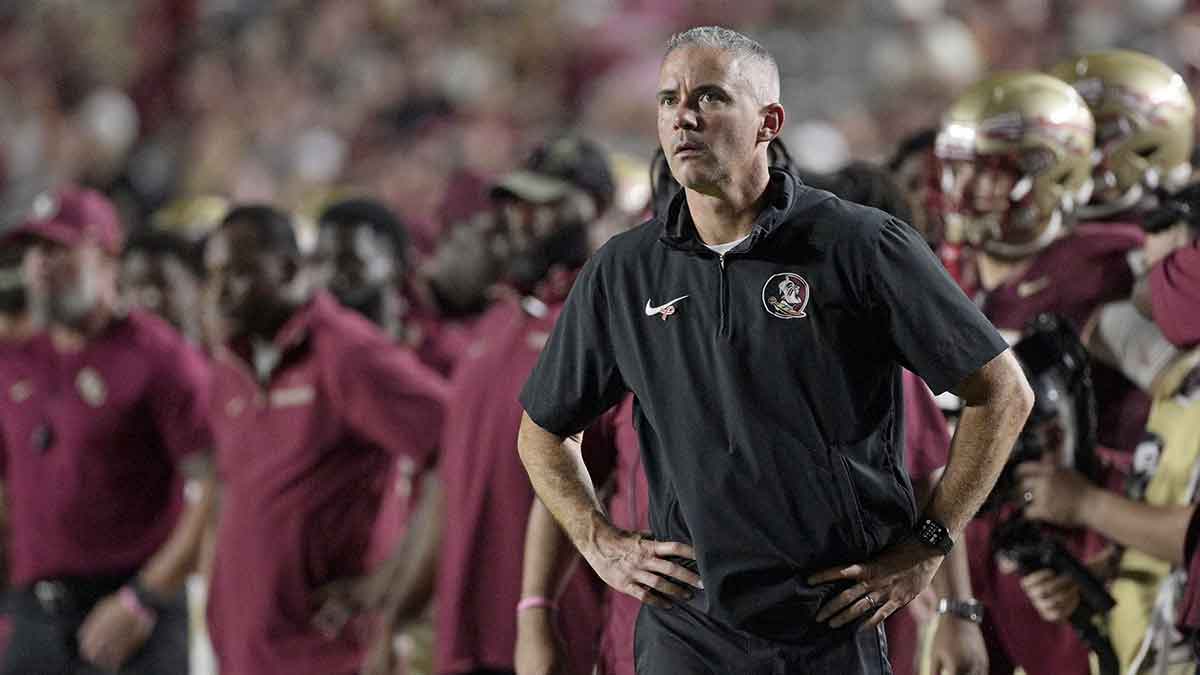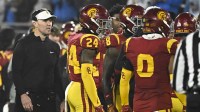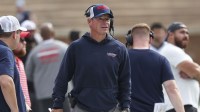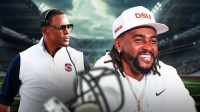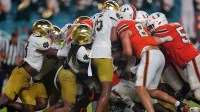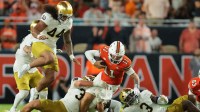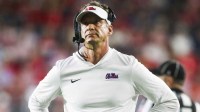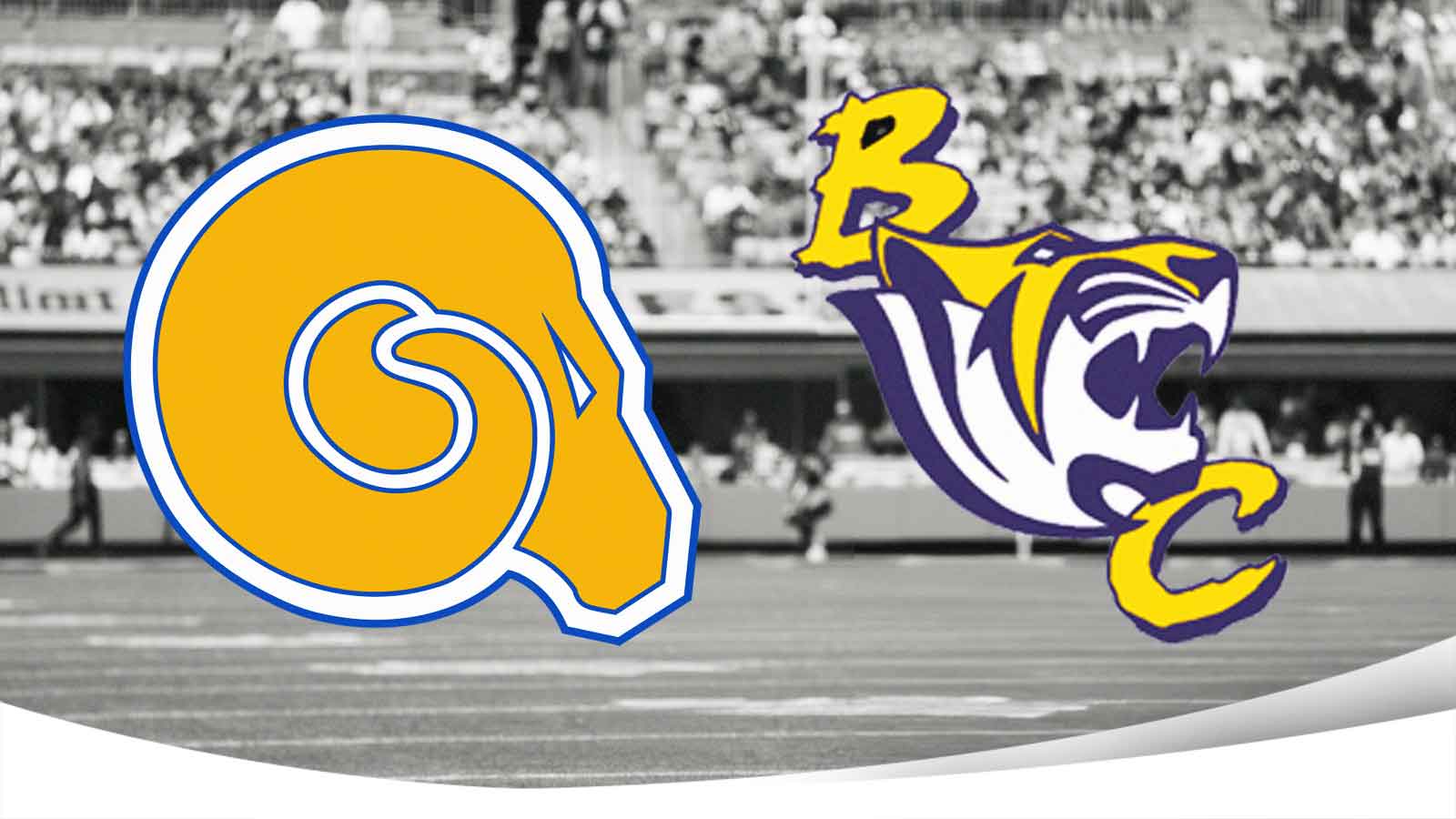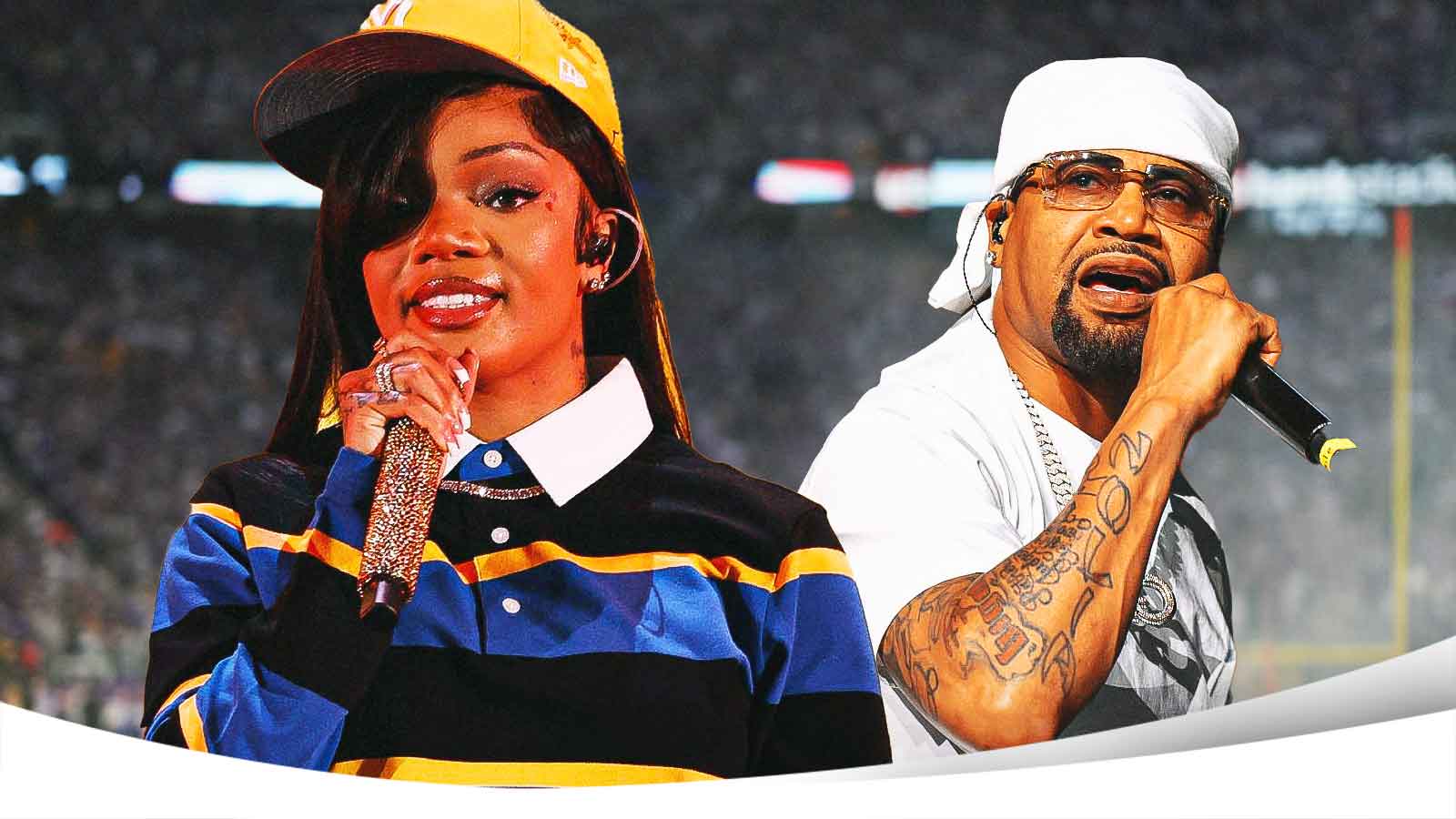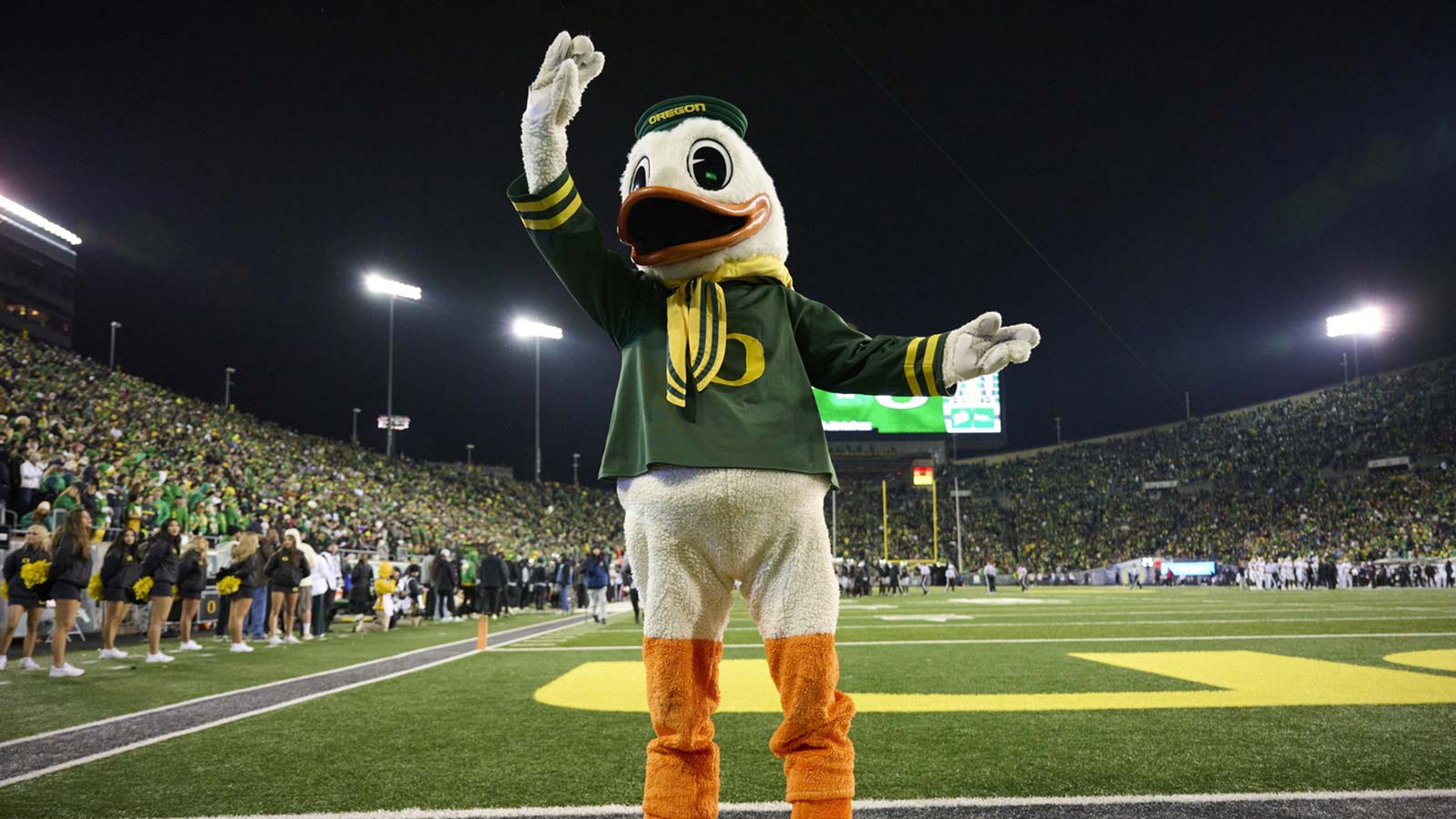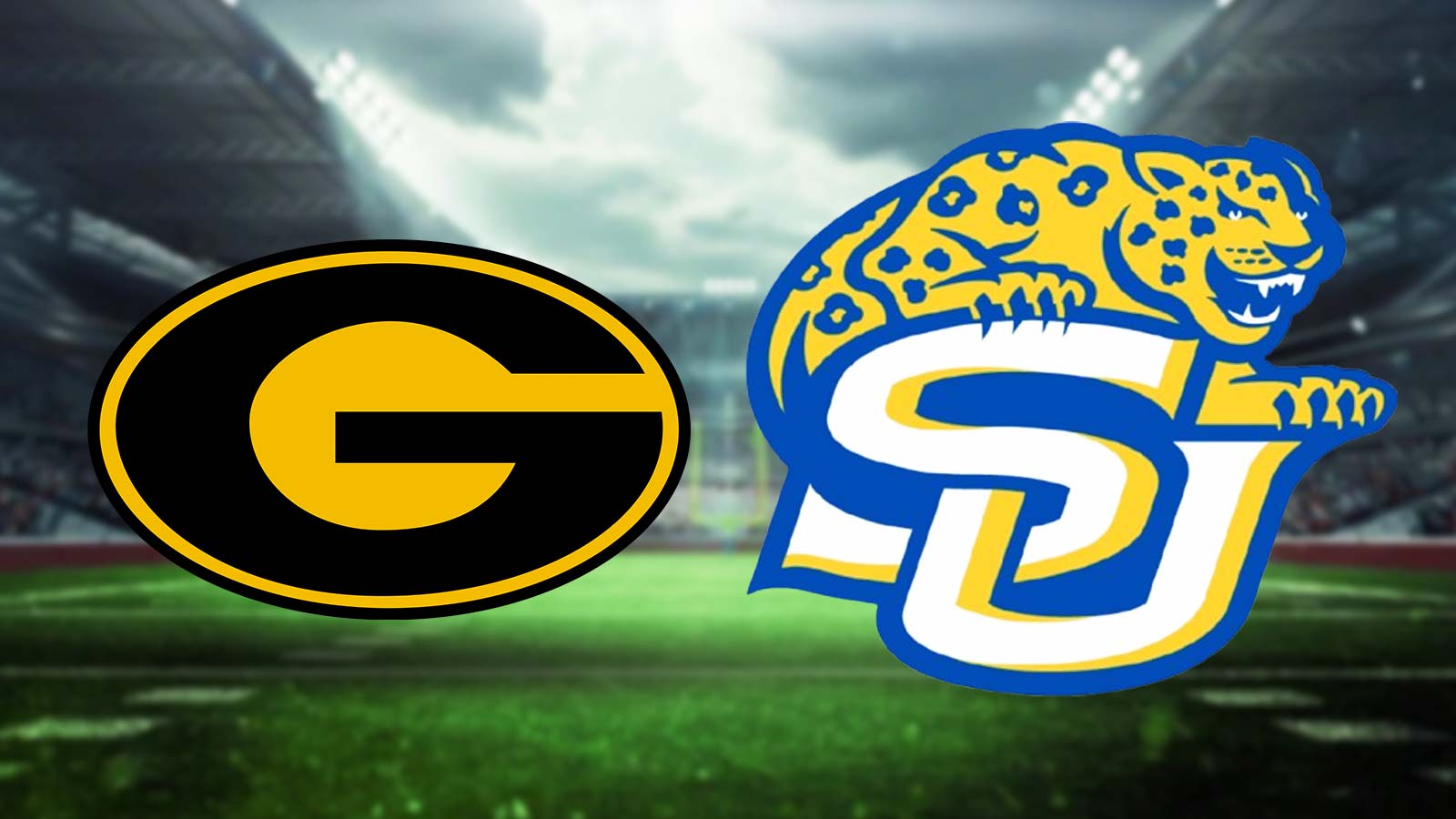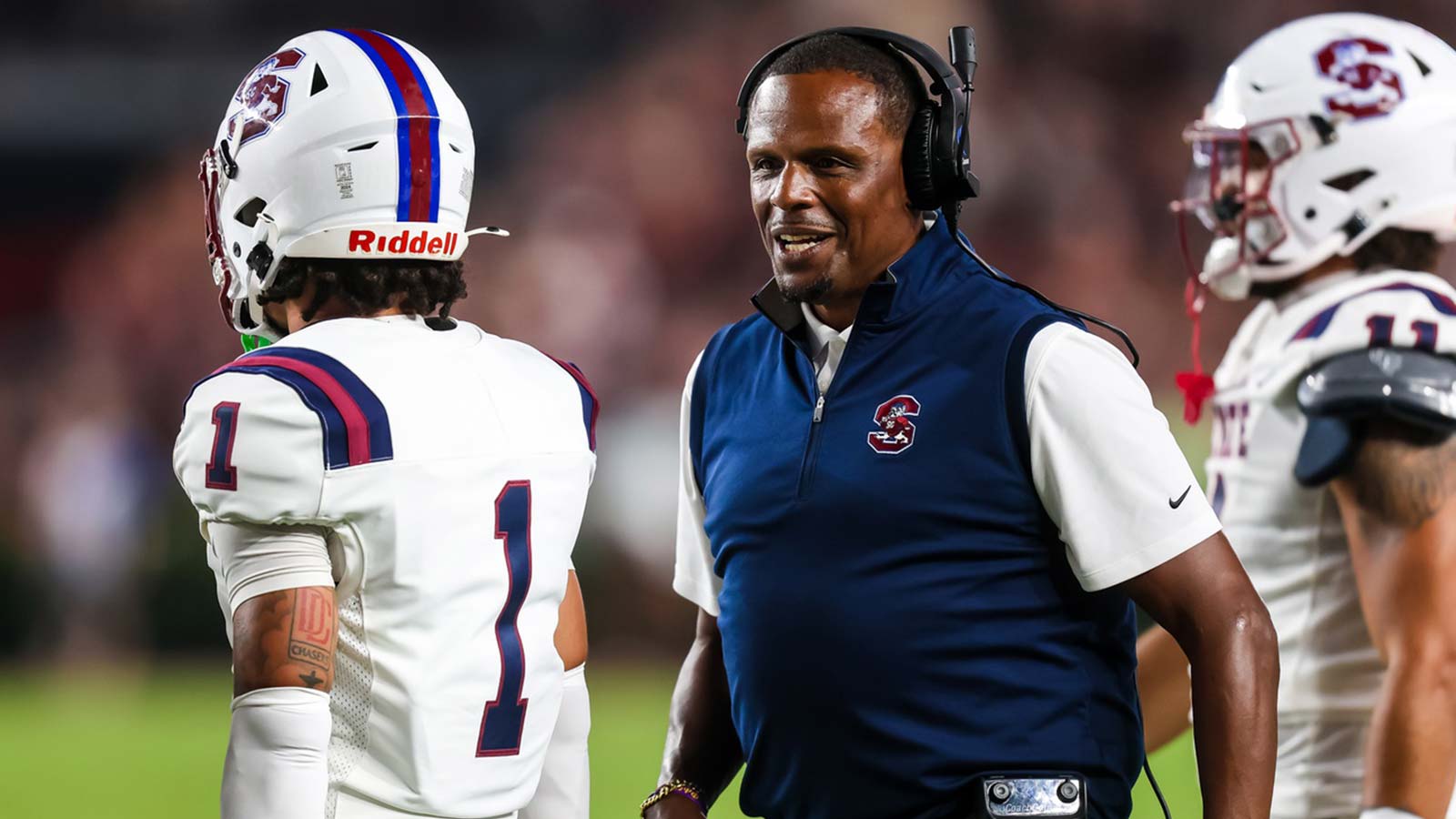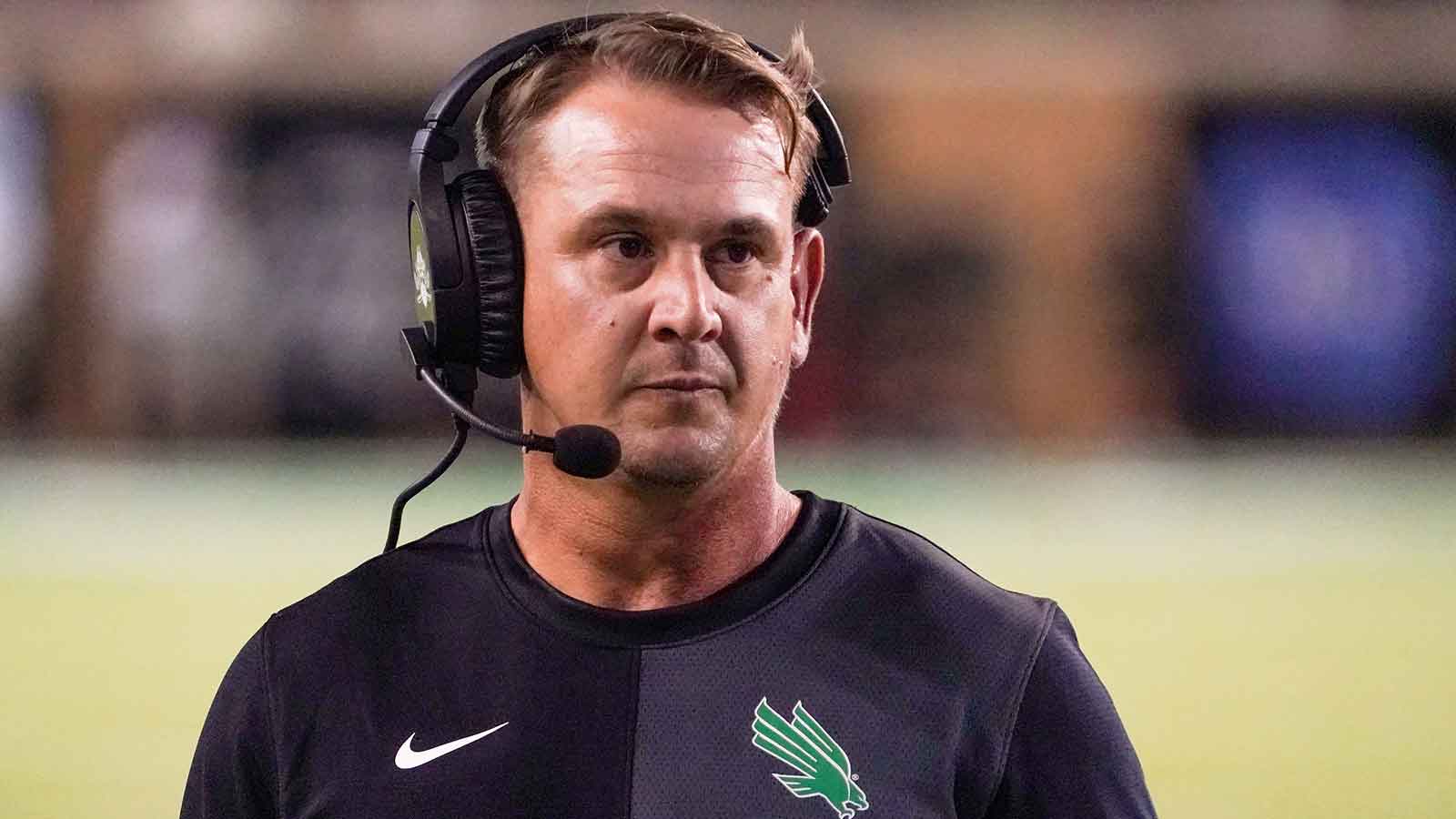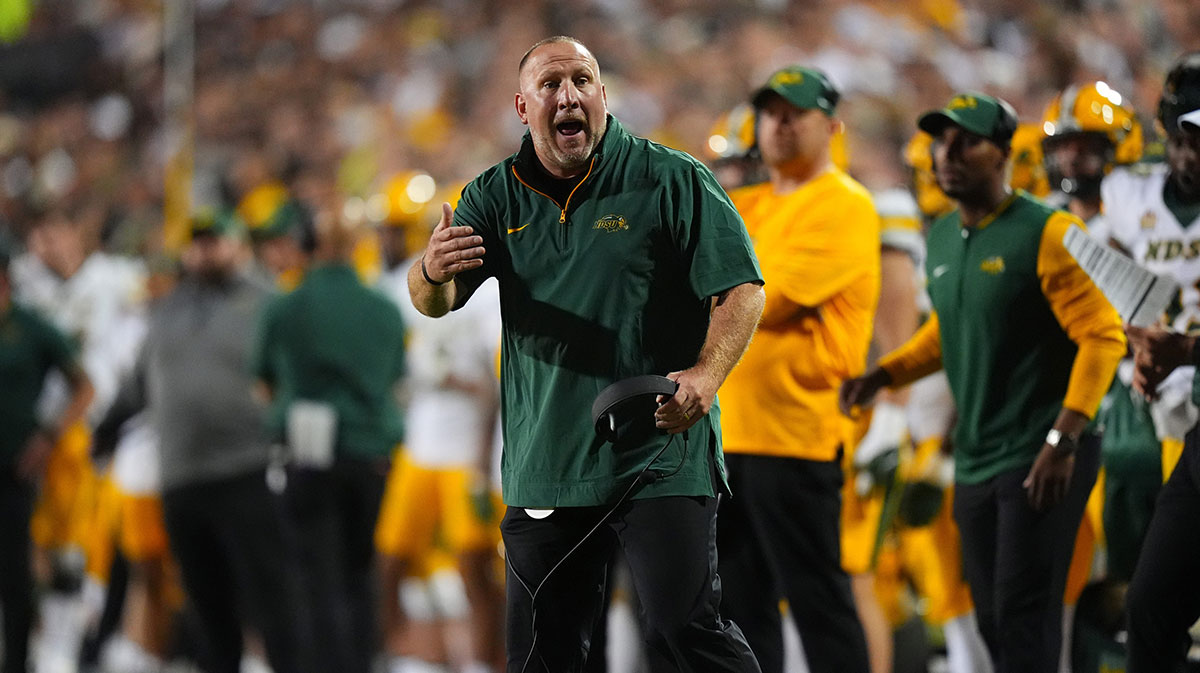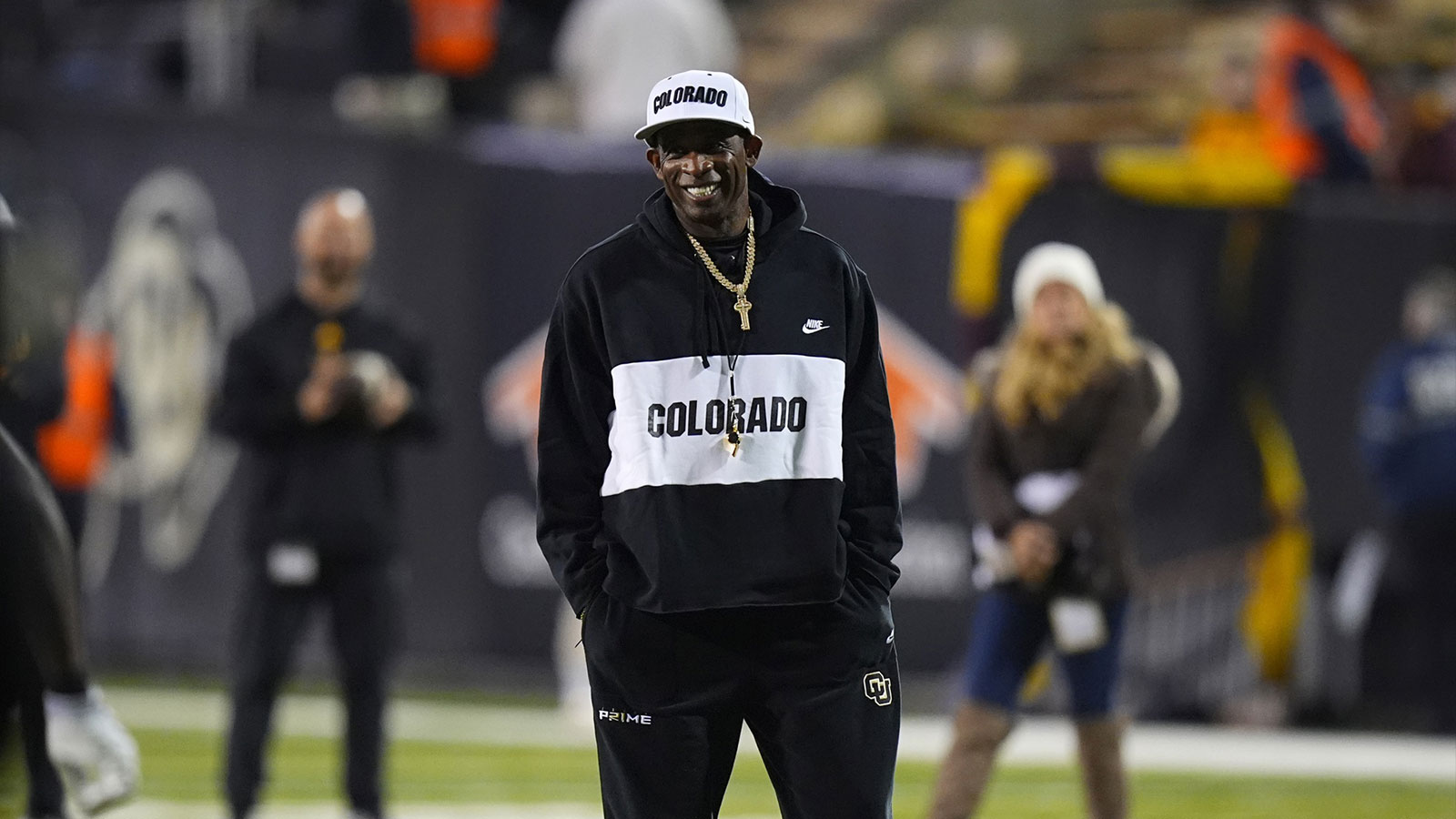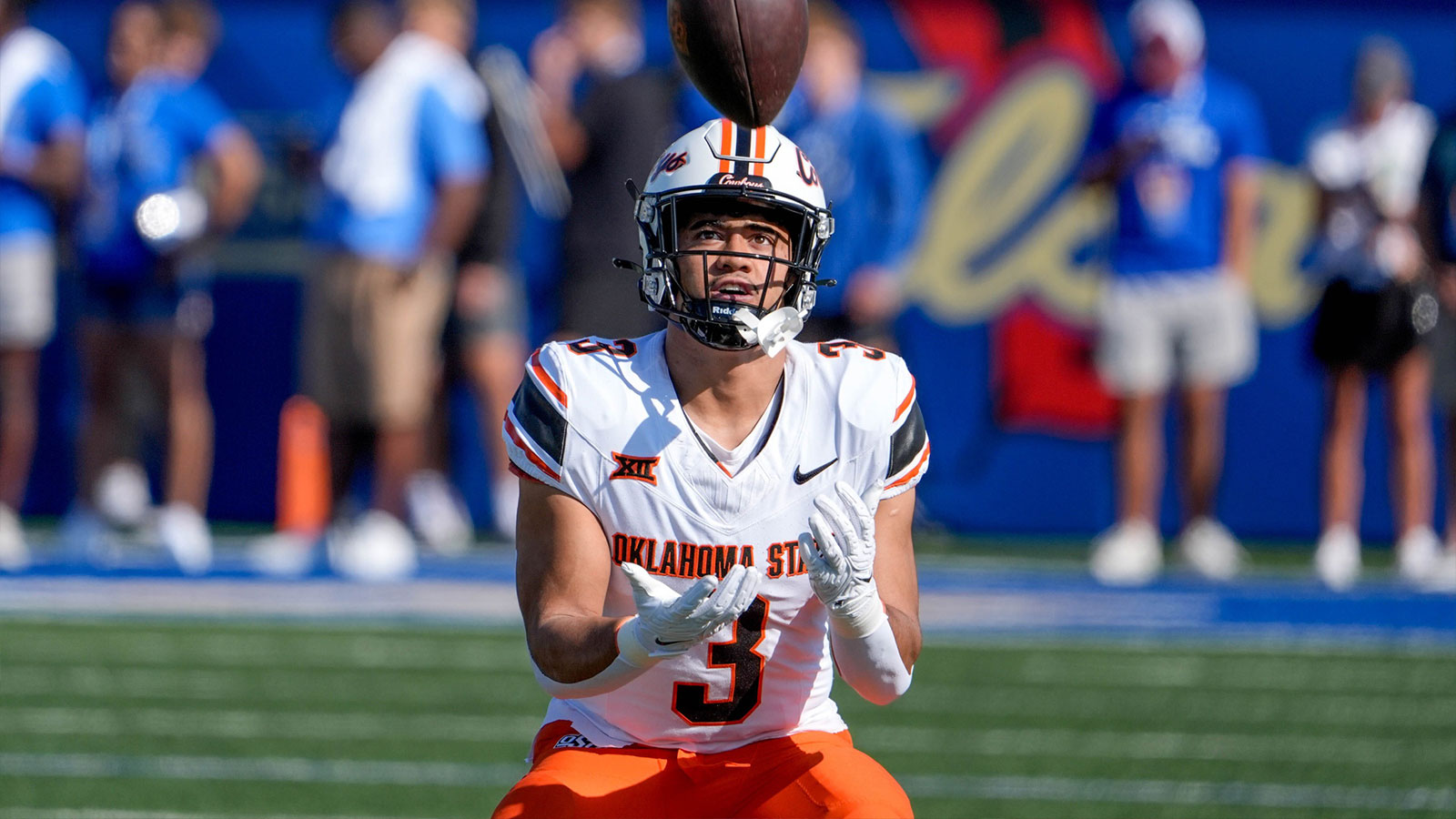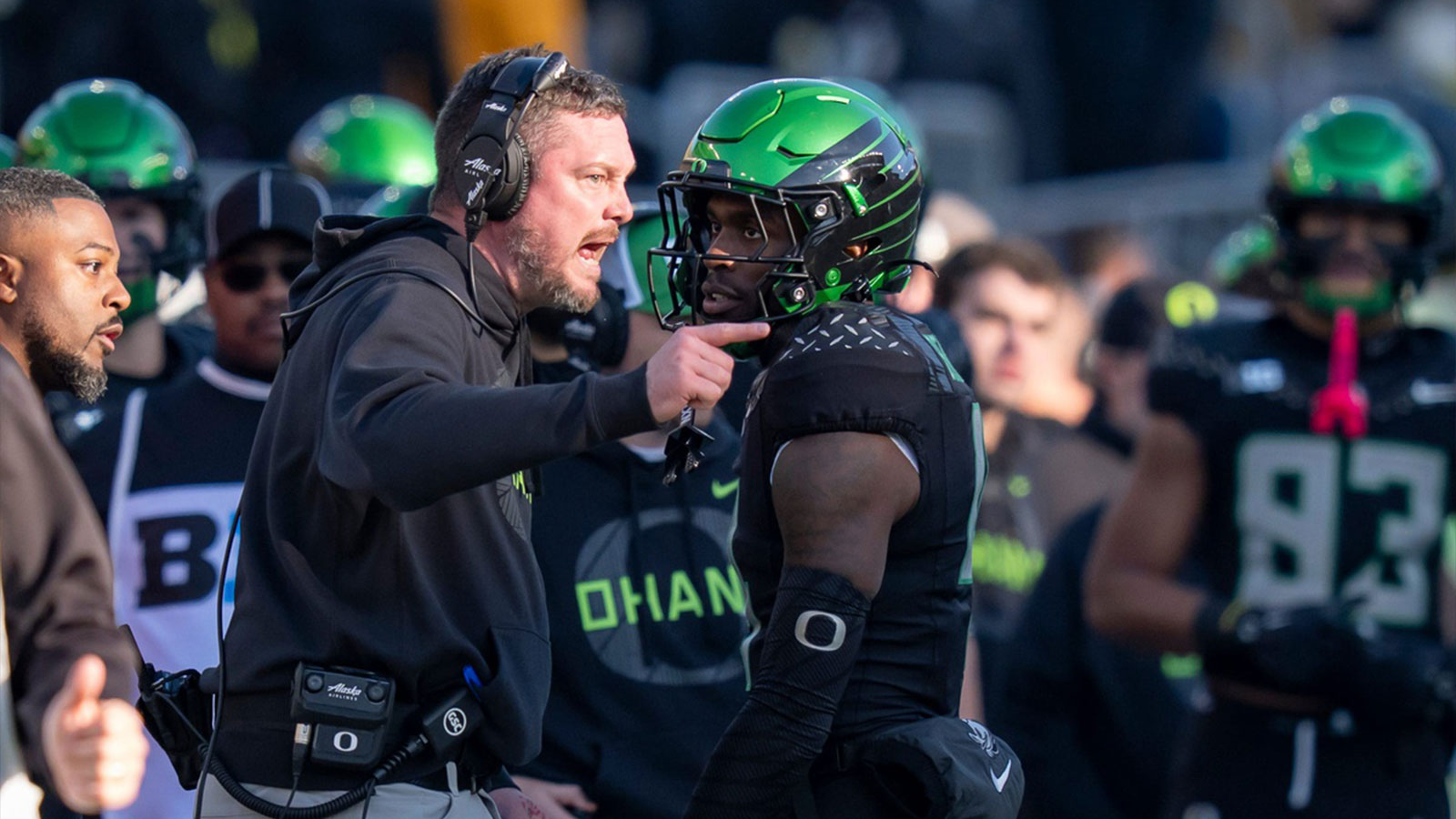If you’re Florida State, the clock striking midnight on January 1 will symbolize something much-needed—a chance to start over. For head coach Mike Norvell, however, the New Year’s resolutions began weeks ago as he started reshaping his staff while bidding farewell to one of the worst seasons in Seminoles history.
Florida State wrapped up the 2024 campaign at a dismal 2-10, a shocking fall from the previous year’s 13-1 record, where they narrowly missed a shot at the College Football Playoff. Now, before Norvell can pop champagne and celebrate the new year, he’ll need to focus on rebuilding his roster, especially through the transfer portal.
Since arriving in Tallahassee, Norvell has leaned heavily on the portal, bringing in more than a dozen transfers each year over the past three seasons. While it paid dividends in 2023, when every addition seemed to click, the 2024 class was a disaster.
Even with a hefty contract that FSU likely won’t buy out anytime soon, Norvell needs to strike gold again in the portal to prove that this season was an outlier.
Florida State adds Thomas Castellanos from the transfer portal
The transfer portal has already been both a blessing and a curse for Florida State, just days into its opening. Former five-star freshman quarterback Luke Kromenhoek entered the portal, reportedly seeking guarantees—an increasingly common theme in the NIL era.
Kromenhoek was expected to be a cornerstone for the Seminoles, leaving Norvell scrambling at a position that was already a sore spot this season. The drop-off from Jordan Travis to DJ Uiagalelei—both transfer quarterbacks—was staggering. Uiagalelei’s season was marred by poor performances and a midseason injury that further derailed the team.
To address the position, FSU added former Boston College quarterback Thomas Castellanos. While Castellanos left Chestnut Hill after being benched midseason, he brings experience and dual-threat capability to Tallahassee. His arrival likely sets up a battle for the starting job with Uiagalelei.
“I think, first, you have to decide what you do at quarterback,” said Bud Elliott of 247Sports. “They need to get some proven production in the portal via the offensive line and not bet on potential so much. That won’t come cheap… QB takes up such a large amount of your pseudo-salary cap. From that point, we’ll see who they can go buy on the offensive line.”
While the Seminoles appear to have addressed quarterback, the next pressing issue is protecting whoever starts.
Florida State needs to rebuild the offensive line
Florida State suffered a significant loss on early signing day, missing out on top target Solomon Thomas, who committed to LSU. While the Seminoles landed Mario Nash Jr. and Sean Poret, they desperately need experienced reinforcements for an offensive line decimated by departures.
Jeremiah Byers, Maurice Smith, and Darius Washington have all exhausted their eligibility, leaving massive gaps up front. New offensive coordinator Gus Malzahn and offensive line coach Herb Hand are already working to address the issue, targeting former UCF lineman Marcellus Marshall, who already visited Tallahassee.
Marshall has started 23 games across multiple positions, including left tackle, guard, and even one game at center. Though his overall grade this season was a modest 58.1, his pass-blocking stood out with a 77.8 grade. His versatility makes him a valuable potential addition.
FSU should also target tackles Isaiah World from Nevada and Alex Wollschlaeger from Bowling Green.
World, at 6-foot-8 and 309 pounds, graded at 68.2 overall but excelled in pass-blocking, earning an impressive 82.2 grade. He allowed no sacks and just two quarterback hits all season.
Wollschlaeger posted his best season in 2024, with a 76.6 overall grade and a 75.3 pass-blocking grade. He surrendered only two sacks and two hits throughout the year.
The transfer portal isn’t typically overflowing with offensive linemen, making it imperative for Norvell and his staff to deliver their best pitches to secure players like Marshall, World, and Wollschlaeger. Their success—or failure—in building a capable offensive line will be a critical factor in determining whether 2025 becomes a turnaround year for the Seminoles.

